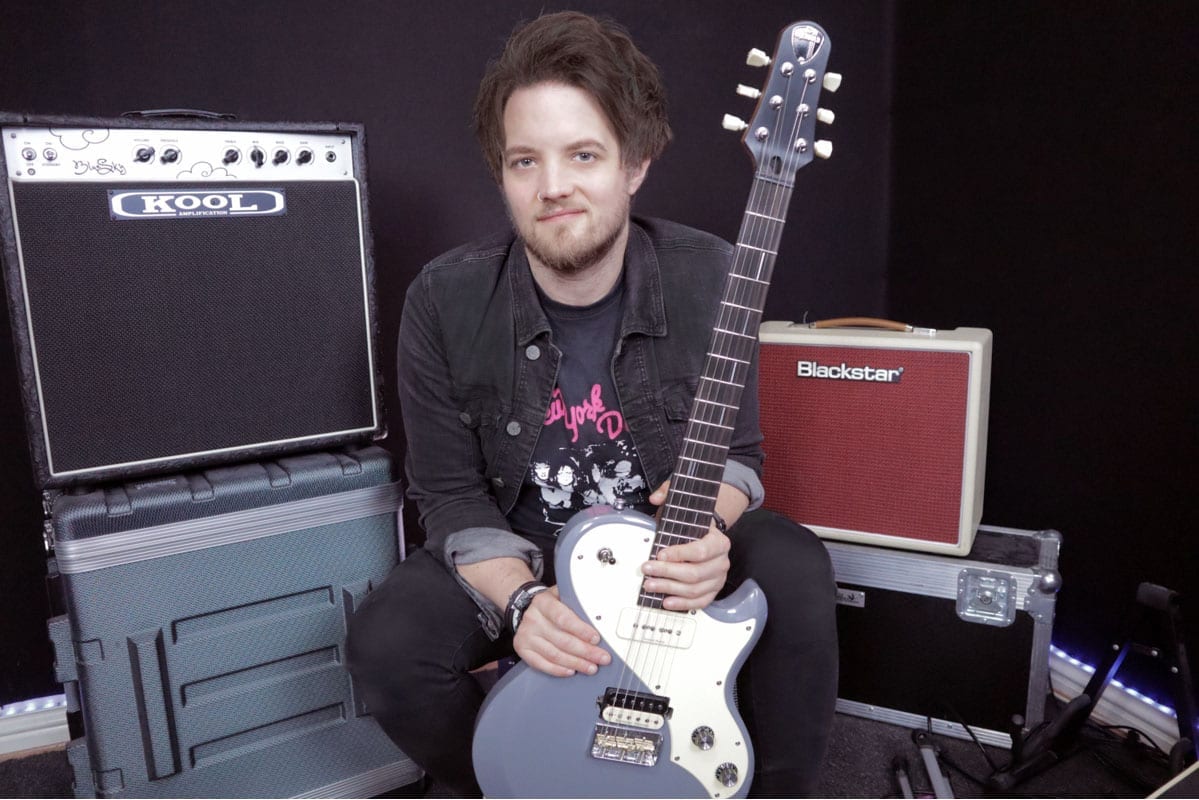8 tips for better guitar practice
Whether you're a beginner or just trying to improve, practice doesn't need to be daunting – or a drag
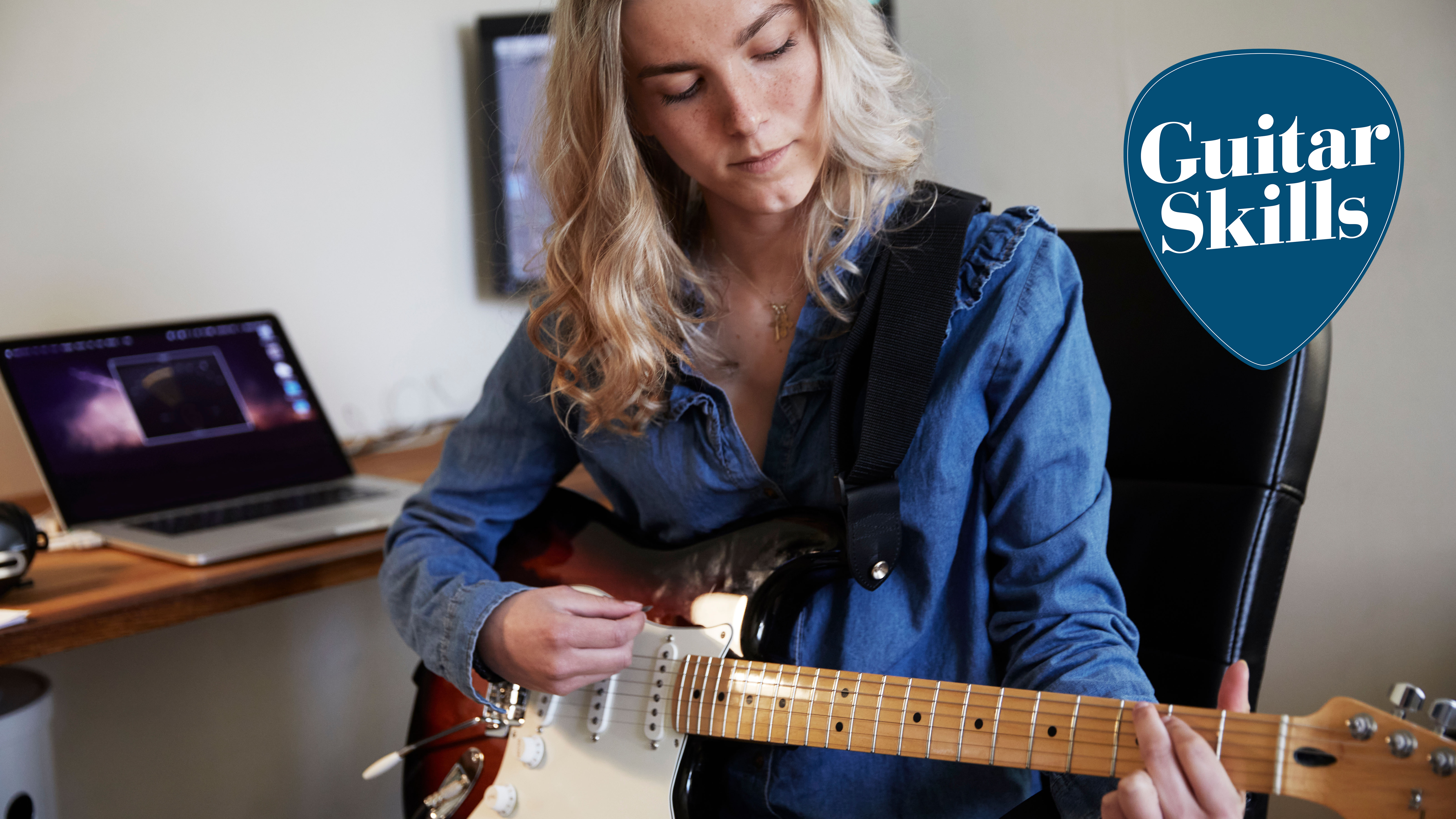
When you start playing guitar, it can seem quite daunting knowing what to practice, and how much to practice. We hear so stories from players like Steve Vai and Tom Morello about practicing up 10 hours a day in their youth, and to a new player this can almost seem like an impossible task.
The reality is most people don’t have 10 hours a day to play their instrument. Most of us are fitting in practise sessions around family life, work commitments and everything else. So what can we do as guitar players to make the most of the time we have available to practice?
In these lessons we’re going to check out eight tips that will give you maximum return from your practice sessions, even if the sessions are short.
1. Practice in small bursts
Practicing in small bursts is a great way to nail down a specific thing that you’re working on. This could be a guitar lick, a scale or even a chord change.
The idea here is to take that one thing you’re currently working on and repeat it over and over again for a short, but intense burst of time. This works well in five or 10 minute bursts, but you can even push to 15 if the you.
The key here is to do this regularly for these short periods of time. Once or twice a day is perfect, doing it every day for a week.
This gives you a bigger benefit across the whole week than working on it for a long period one day and then not again for a few days.
Get the MusicRadar Newsletter
Want all the hottest music and gear news, reviews, deals, features and more, direct to your inbox? Sign up here.
2. Focus on one thing you struggle with
While you’re working in short bursts, you may have one specific thing that you’re stuck on. Take this thing and make it the centre of your entire practice routine for a few days.
If you focus on one specific thing that you’re finding tricky, it allows you to get to grips with it and develop your ability to be able to overcome it.
This is something all guitar players run into at all stages of their playing. It could be a song with a very difficult riff or chord change, or a guitar lick that is particularly hard to get under the fingers. Combining focus with short bursts of regular practice is a great way to overcome any barriers.
3. Don't keep practicing things you find easy
There is a big difference between playing guitar and practicing guitar
This is something to bear in mind while practicing. Many guitar players will gravitate towards playing licks and riffs that they already know well, however, this does not always give you the best benefit in practice sessions.
There is a big difference between playing guitar and practicing guitar.
Playing things we already known and are already comfortable with is fun, but it does not improve your ability as a player. During our practice sessions we should be focusing on new skills and things that we are working on, rather than things we already know.
4. Practice with a Metronome
We know, we know… a metronome is not the most fun practise tool, but the benefits far outweigh the lack of fun. A metronome will help you learn to be a tighter, faster and more efficient guitar player. The tempo of a metronome can also help you measure your own progress when working on something.
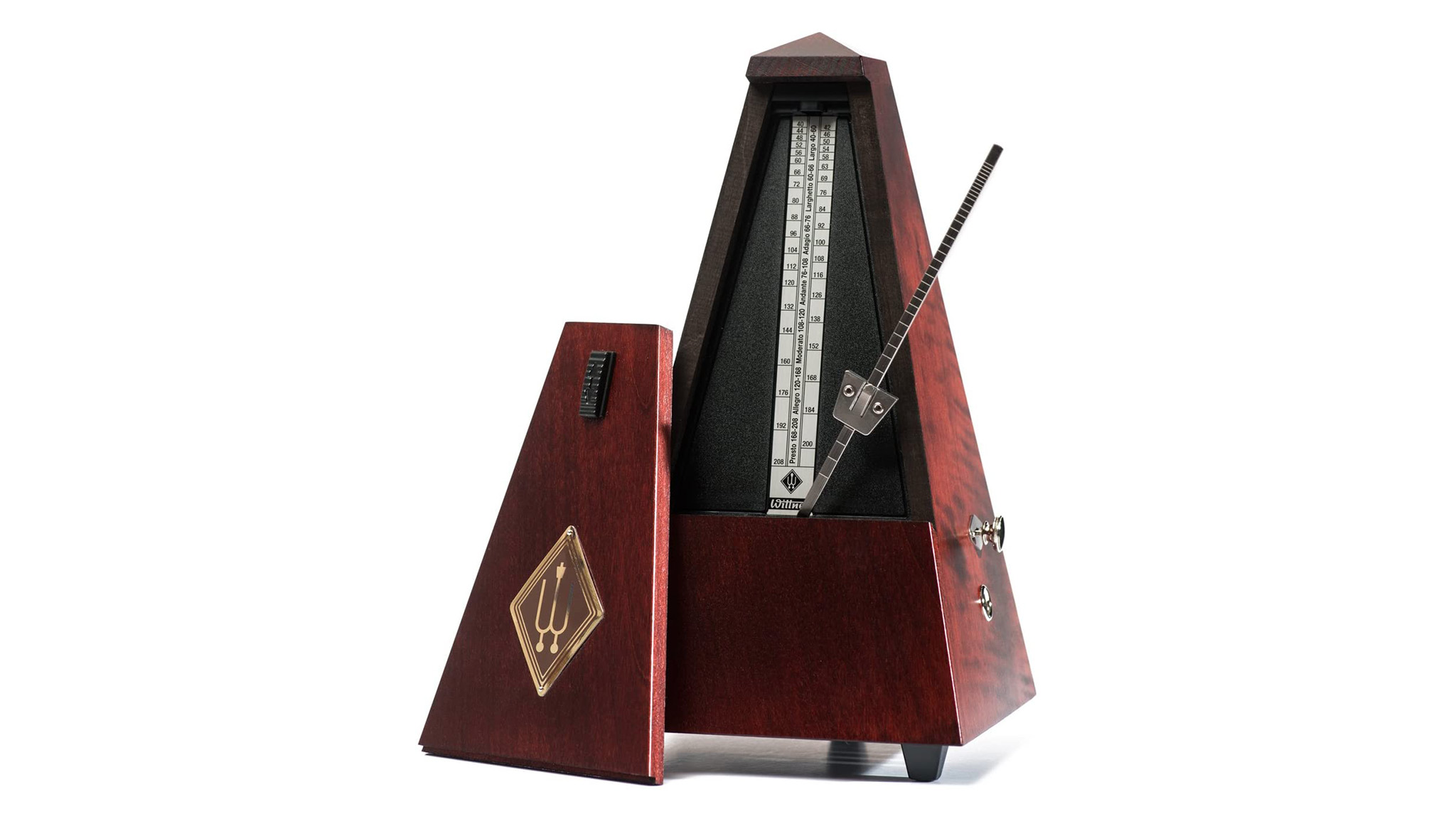
Best metronomes: the top mechanical and digital metronomes for musicians
You can use a metronome at a slow tempo to work on scales, playing one note per beat, or tricky chord changes. When you feel more confident you can speed up the tempo, or split it to play two notes over each beat.
A good metronome exercises is to take whatever pattern, riff or changes you’re working on and play them at a slow tempo. Play it until you can play it at that tempo cleanly. Once you can do that, push the metronome up by 10bpm. Keep repeating and increasing the tempo until you find your limit. This will be where you cannot play it any faster without making mistakes.
Make a note of this time, then the next day repeat from the slower tempo and work up again. After a few days you should break through the limit that you previously had.
5. Practice with a clean tone
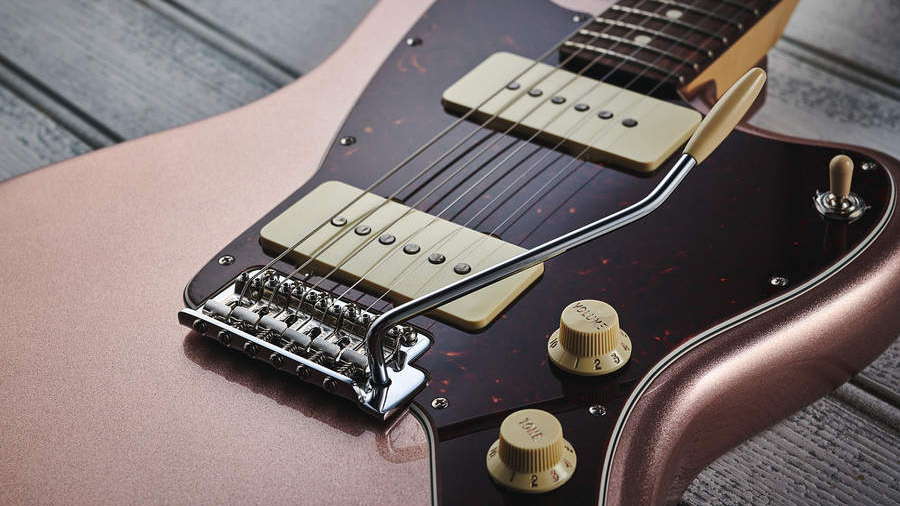
Electric guitar sounds amazing with overdrive and effects… that’s the sound we all love. But this sound doesn’t always make practicing easy. Overdrive and effects can hide a plethora of guitar technique sins.
Practice with a clean tone to really hear the detail of everything you do. This will be a very unforgiving sound that will show you plenty of mistakes, but that’s the whole point. If you can play something really well with a clean tone, it will sound even better when you lay on the overdrive or effects!
6. Record yourself
Recording yourself practicing is a useful way to have a reference to your own progress.
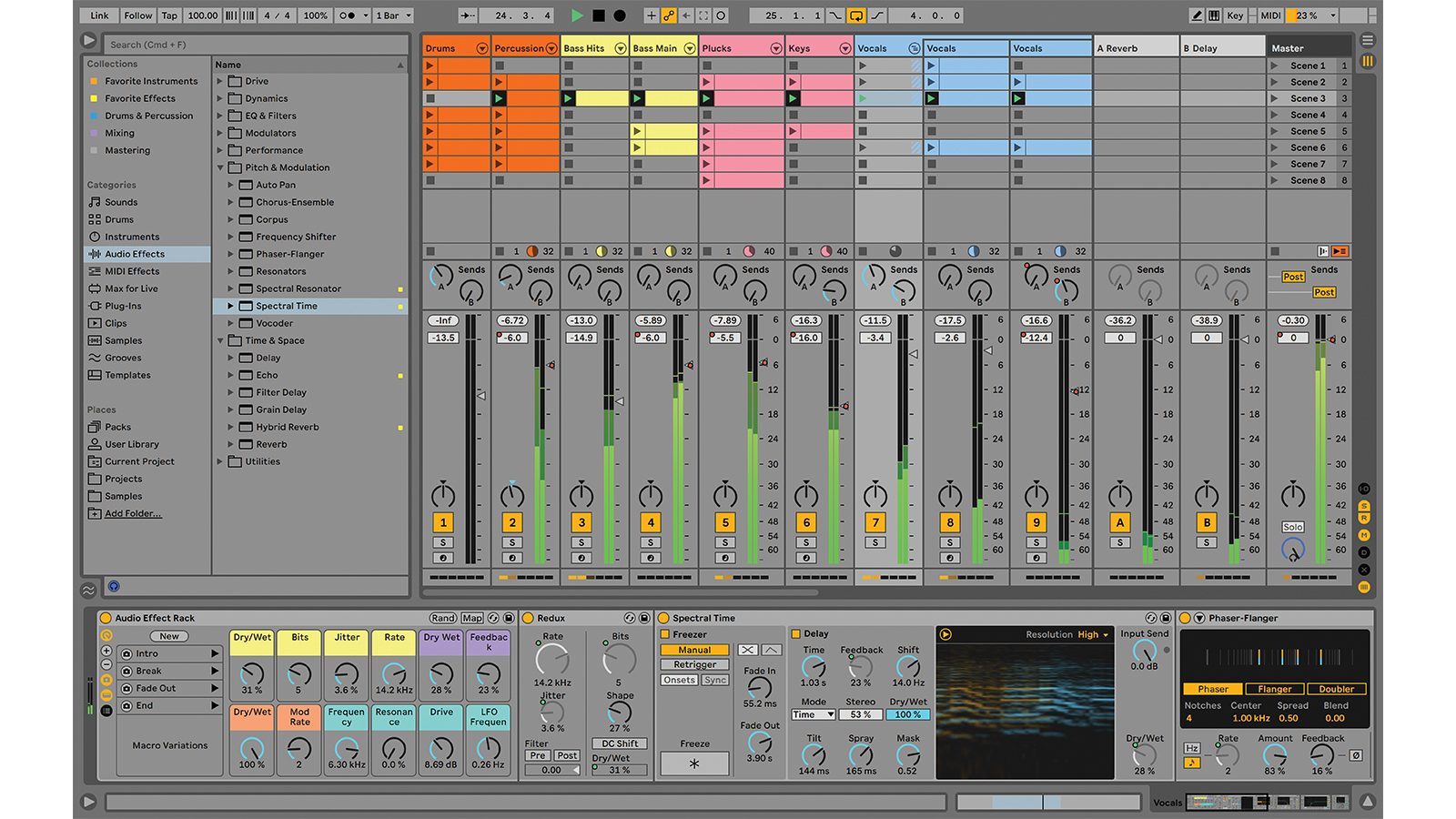
Best beginner DAWs: music production software recommendations for newcomers
With regular practice, you will improve day to day in very small increments, sometimes these are so small that we don’t even notice them ourselves, because we see it every step of the way.
Record yourself at the start of the week, then practice for the whole week and record yourself again. This will show you if you’ve made any improvements (or even gotten worse!) at something you’ve been working on.
This can be a very rewarding way to hear your own progress.
7. Start slow, then build
It’s so tempting to learn something and go straight into trying to play it at the recorded speed, but this can lead us down the path of bad habits and bad technique.
Rushing into a fast piece can lead to you playing it in a sloppy manner which is no good for your technique.
If you want to tighten up things you practice, slow them down. Slow them down as far as you need in order to play every single note cleanly and as intended. Once you can do this, then you can start gradually building up the speed (preferably with your metronome) until it’s at the correct tempo.
8. Play over backing tracks
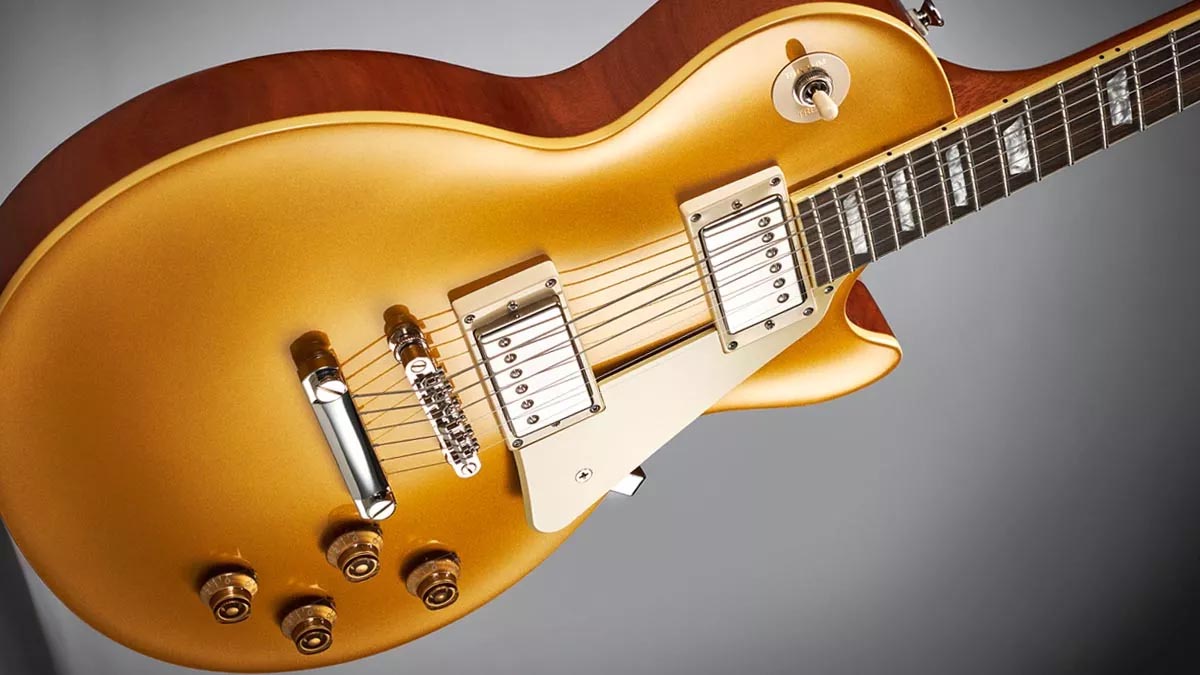
Backing tracks are fantastic practice tools. They allow you to practice things in context. Context is very important as a guitar player because without, it just sounds like endless noodling and aimlessly playing notes.
Backing tracks give you a style and a tempo that you must conform to and react to. The track won’t slow down to suit you or speed up and leave you behind, it will keep going regardless. This means you are responsible for how you practice and react to the track.
This allows you to develop a sense of musicality, better timing, phrasing and a general sense of listening to everything around you as you make decisions on what you will play to suit the song you’re playing over. This is a great way to develop the essential skills you need to play with other musicians.
The 10 essential songs beginner guitar players can learn now
Leigh Fuge is a guitar player and content creator with a love for all things '80s. When he’s not creating gear demos for his Youtube channel he’s teaching students via his online guitar course Right Notes Music Tuition. Off camera he spends most of his time travelling around the UK performing at functions and corporate events. www.instagram.com/leighfugeguitar
